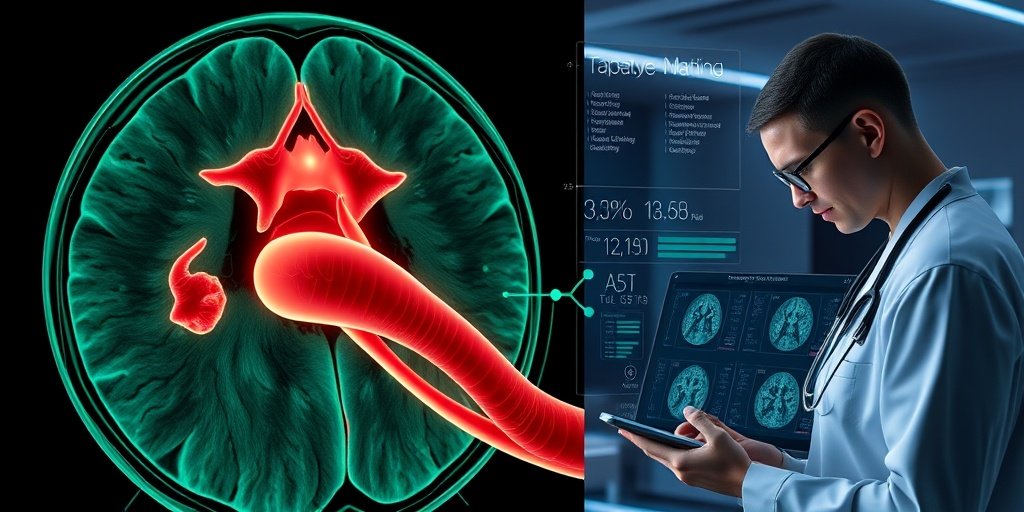Overview
Stroke is the second leading cause of death worldwide, with ischemic strokes closely associated with atherosclerotic plaques. Accurate segmentation and quantification of these plaques and vessel walls are crucial for effective diagnosis. Traditional manual segmentation methods are often slow and reliant on the operator’s skill, while existing computer-aided tools have not met the necessary accuracy for clinical use. These limitations hinder the precise diagnosis and treatment of ischemic strokes.
Research Findings
A recent study published in European Radiology by a team led by Dr. ZHANG Na from the Shenzhen Institutes of Advanced Technology (SIAT) has introduced a new deep learning model aimed at addressing these challenges. The model features:
- A fully learnable parameter-based multi-task segmentation model.
- A structure-guided, two-stage small-target segmentation method utilizing high-resolution magnetic resonance (MR) vessel wall imaging.
This innovative approach allows for automated and precise segmentation and quantitative analysis of carotid arterial vessel lumens, vessel walls, and plaques, serving as a reliable AI-assisted diagnostic tool for assessing ischemic stroke risk.
Methodology
The study’s methodology consists of two main steps:
- Development of a convolutional neural network (CNN) named Vessel-SegNet for segmenting the lumen and vessel wall.
- Utilization of vessel wall priors, including manual and Tversky-loss-based automatic priors, to enhance plaque segmentation by leveraging the morphological similarities between the vessel wall and atherosclerotic plaques.
Study Details
The research involved data from 193 patients with atherosclerotic plaques across five medical centers, all of whom underwent T1-weighted magnetic resonance imaging (MRI). The dataset was divided into:
- 107 patients for training and validation.
- 39 patients for internal testing.
- 47 patients for external testing.
Results
Experimental results indicated that:
- Most Dice similarity coefficients (DSC) for lumen and vessel wall segmentation surpassed 90%.
- The use of vessel wall priors improved the DSC for plaque segmentation by over 10%, achieving 88.45%.
- Compared to Dice-loss-based priors, Tversky-loss-based priors enhanced the DSC by nearly 3%, reaching 82.84%.
In contrast to manual methods, this new technique can perform accurate plaque segmentation and complete quantitative assessments for a single patient in under 3 seconds.
Future Directions
Dr. ZHANG emphasized the goal of the research: to utilize AI models for generating accurate, reproducible, and clinically relevant quantitative outcomes that can aid healthcare professionals in stroke diagnosis and treatment decisions. He also noted the need for further studies using different equipment, populations, and anatomical analyses to validate the findings.
For more information, refer to the study: Deep learning-based automatic segmentation of arterial vessel walls and plaques in MR vessel wall images for quantitative assessment, published in Eur Radiol. DOI: 10.1007/s00330-025-11697-9.
